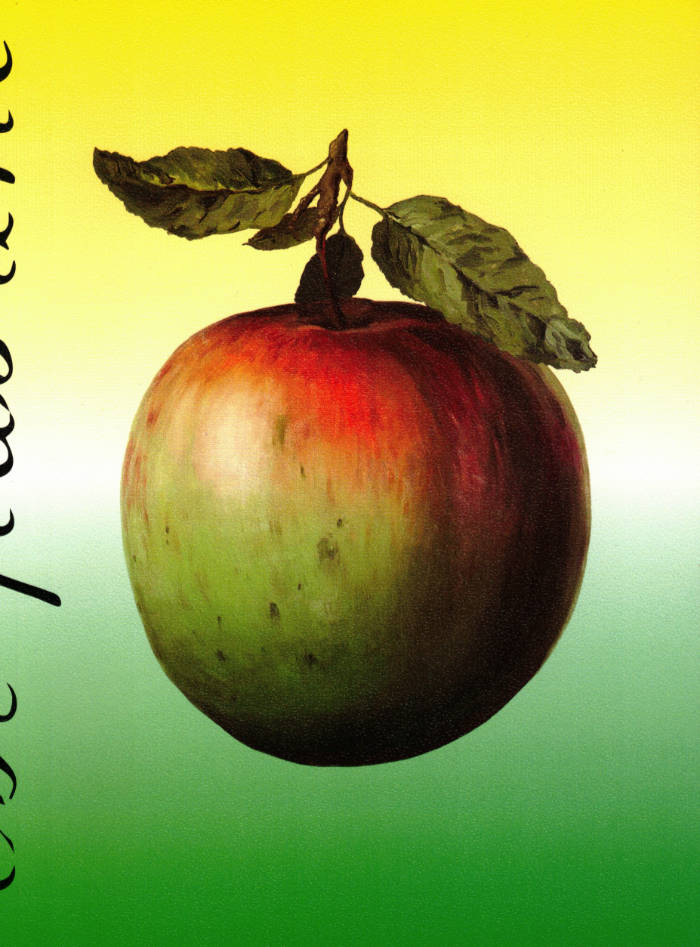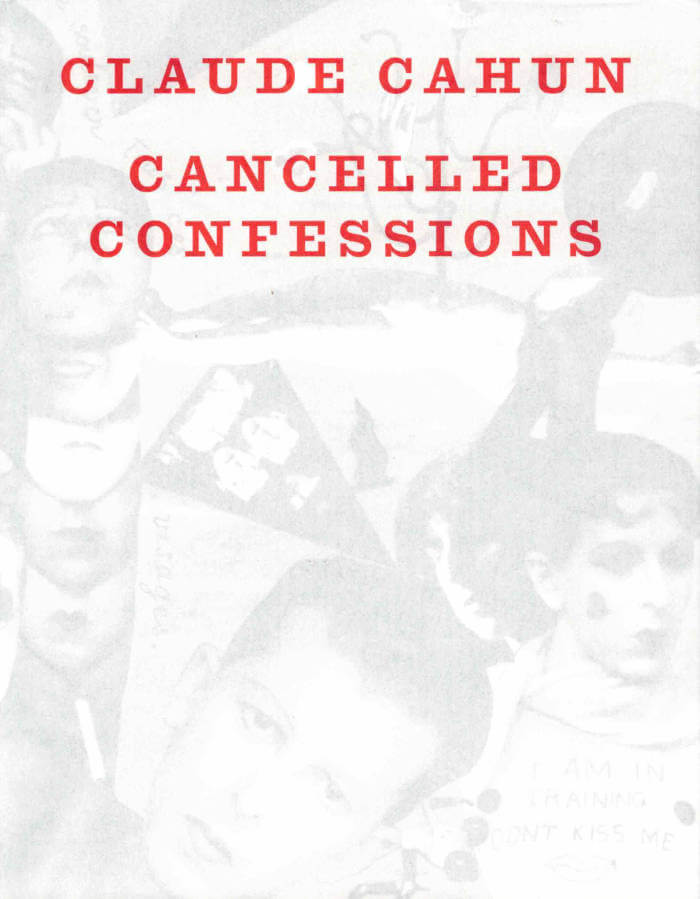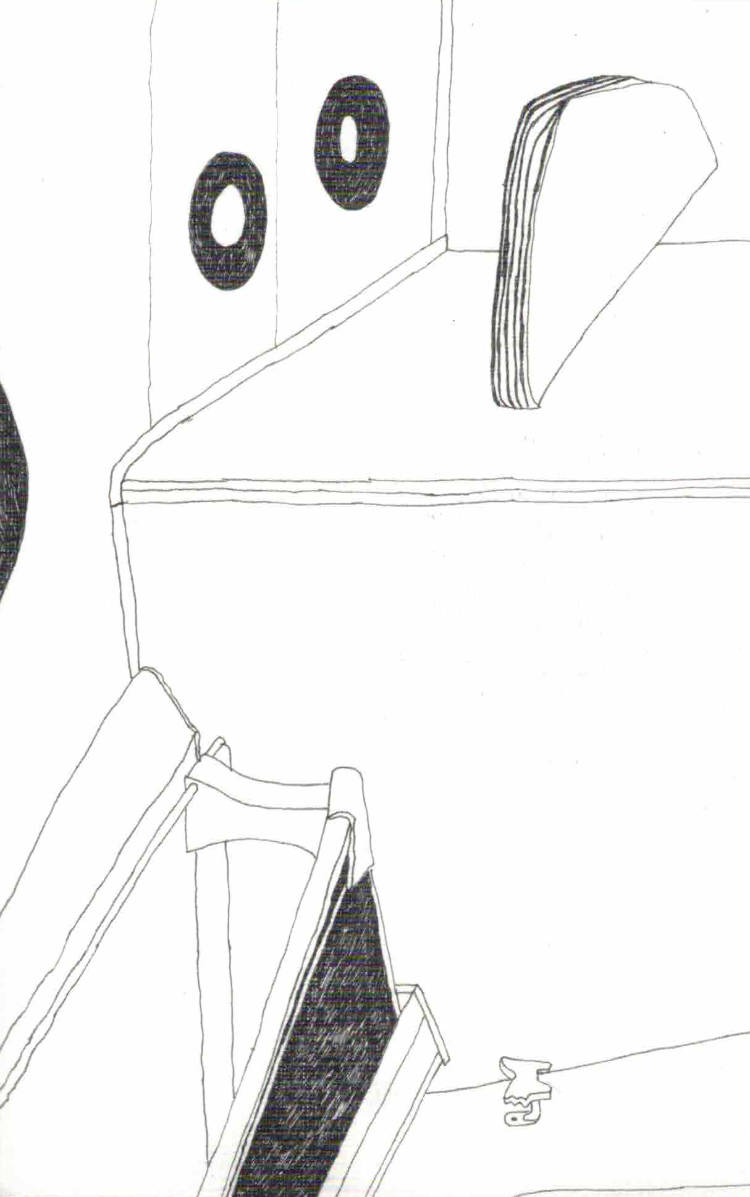
Deep Scroll
From theory-inspired poetry to technocratic desires concealed behind razorblades; from anarchy to mass-entertainment; from the collapse of binary distinctions of scale to post-human architecture; from the vibratory power of sound and vision to crowds, to the rejection of natural essentialism, materialist universality, and the haunted houses of the Anthropocene, all can be found in Deep Scroll. Edited by the artist Anne de Vries in collaboration with an AI text generator, this book offers an offline domain in which a network of artistic gestures and theoretical contributions are collected for your scrolling needs.
Comprising a range of scrolling pathways that serve as hyperlinks and references to past art projects, sketches, research, and documentation, this book overflows with texts and collages that generate ambiguous algorithms that fleetingly capture the focus of our configurations. All content smoothly flows, driving an accelerated state of correlation to the point of its collapse. Deep Scroll is designed to be reactive; it may induce an epiphany, or to leave the reader at the nadir of a cognitive abyss.
DEEP SCROLL is an artist publication produced in collaboration with AISSystem and Onomatopee. This limited edition contains contributions by Ariella Azoulay, Alain Badiou, Iain Hamilton Grant, Amelia Groom, Nicholas Korody, AI text generators, and many others.
Language: English







